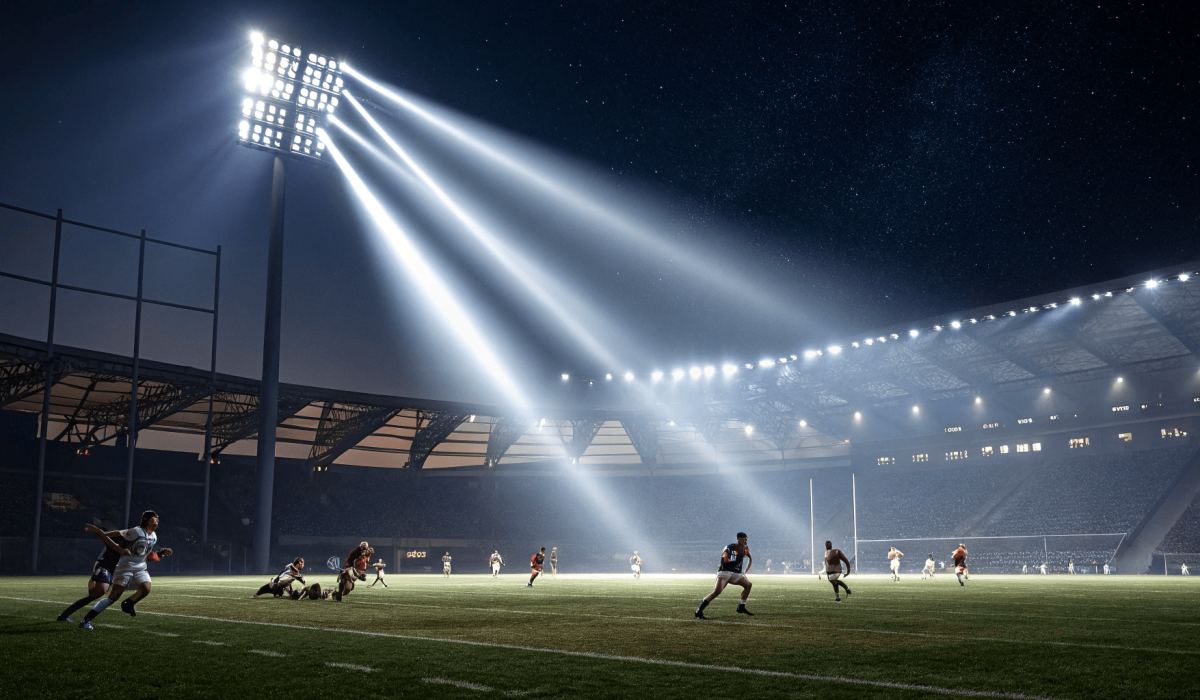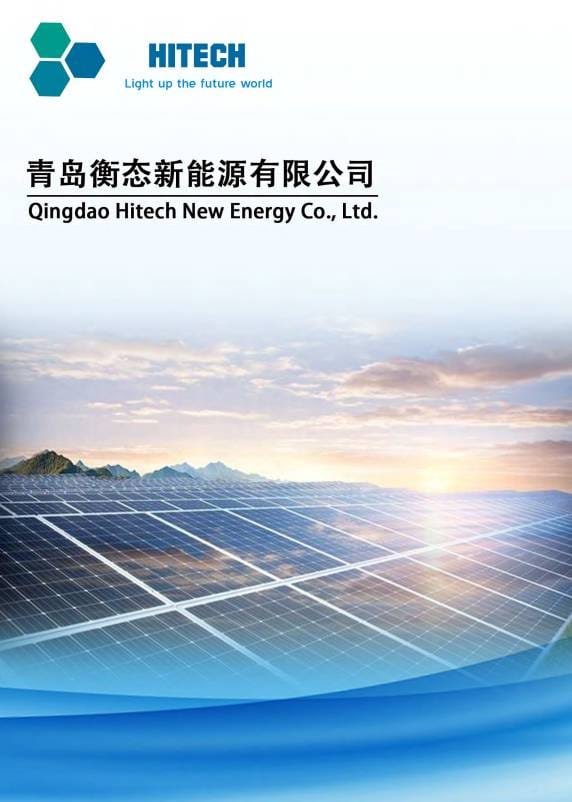Outdoor LED flood lights play a crucial role in security, sports lighting, and architectural illumination. Their brightness, efficiency, and adaptability make them a preferred choice over traditional lighting.
The performance of LED flood lights depends on factors such as lumens, power supply quality, and application-specific requirements. Understanding these elements helps users select the best lighting solution for their needs.
This article explores the key factors affecting LED flood light brightness and provides guidance on choosing the right solution.
Key Factors Affecting LED Flood Light Brightness
Understanding Lumens – The Currency of Brightness
When choosing an LED flood light, wattage alone is not enough. Lumens are the key metric for brightness.
Lumens measure the total amount of visible light emitted by an LED. A higher lumen rating results in a brighter light output.
Lumens vs. Wattage – Why Efficiency Matters
- Traditional lights were rated by watts, but LED technology focuses on lumens per watt (lm/W).
- Example: A 50W LED flood light can produce the same brightness as a 150W halogen light.
- Choosing LED flood lights based on efficacy (lm/W) ensures better brightness with lower energy consumption.
| Power Rating | LED Lumens Output | Equivalent Halogen Wattage |
|---|---|---|
| 30W | 3,000 lm | 100W |
| 50W | 5,000 lm | 150W |
| 100W | 10,000 lm | 300W |
High-Quality Power Supply and Wiring
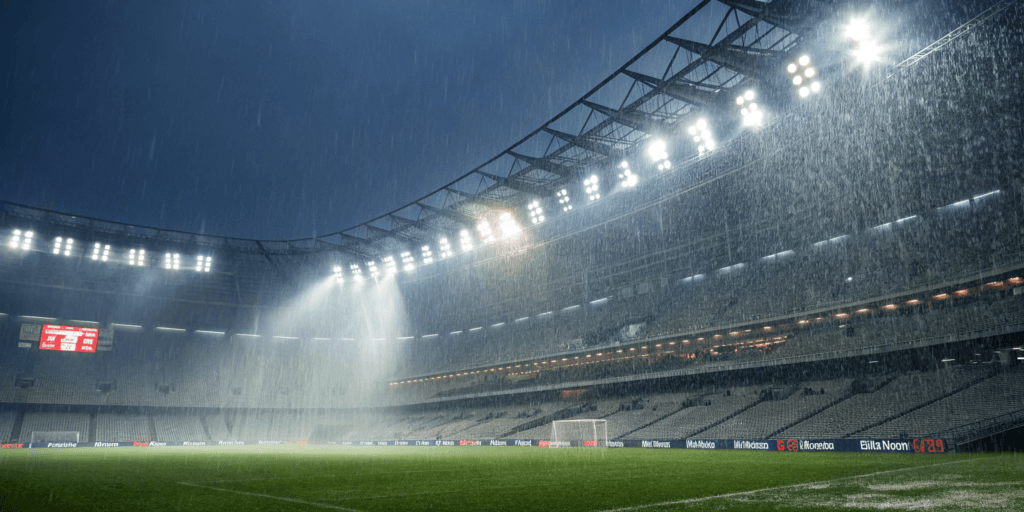
A reliable power supply and proper wiring ensure LED flood lights operate at peak performance.
Poor-quality drivers and fluctuating voltage can cause flickering, dimming, or even premature failure.
How Power Supply Impacts LED Performance
- Stable Voltage & Current: High-quality LED drivers maintain constant voltage, preventing light fluctuations.
- Electrical Safety & Weather Resistance: Outdoor installations require waterproof and surge-protected wiring.
- Professional Installation vs. DIY: Large-scale projects should use certified electricians for optimal wiring.
Specialized Applications for High Lumen Output
Sports Stadiums and Arenas
Proper lighting ensures visibility for both players and spectators.
- Sports-Specific Brightness: Football, basketball, and tennis require uniform illumination.
- Anti-Glare Technology: Reduces visual strain and improves gameplay experience.
Large Parking Lots
Good lighting enhances safety and visibility in parking areas.
- Even Illumination: Reduces shadows and blind spots.
- Energy Savings: Smart sensors adjust brightness when no movement is detected.
Industrial Facilities
Factories, warehouses, and construction sites require high-intensity lighting.
- Worker Safety: Brighter workspaces prevent accidents.
- Durability: Industrial-grade LEDs withstand harsh conditions.
Architectural Lighting
Flood lights enhance the aesthetics of buildings, monuments, and landscapes.
- High CRI (Color Rendering Index): Ensures accurate color representation.
- Directional Lighting: Focused beams highlight architectural details.
How to Select the Right LED Flood Light
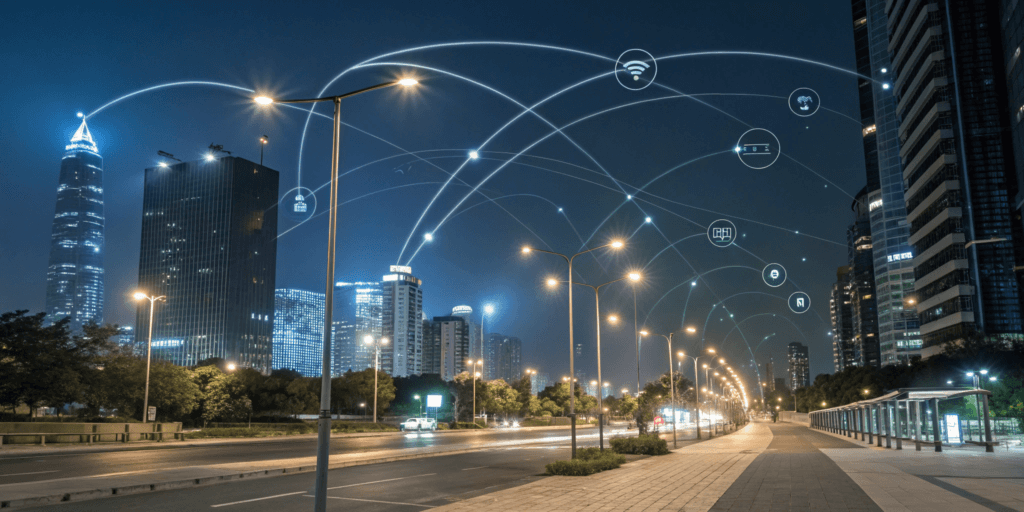
Identifying Your Lighting Needs
Choosing the right flood light depends on several factors:
- Lighting Area: Measure the space to determine the required lumen output.
- Brightness Level: Higher lumens for sports fields, moderate for parking lots.
- Color Temperature: Warmer tones (3000K) for aesthetics, cooler tones (5000K) for security.
Comparing LED Technologies
COB vs. SMD LEDs – Which One is Better?
| LED Type | Brightness | Heat Dissipation | Application |
|---|---|---|---|
| COB (Chip on Board) | Higher | Better | Stadiums, warehouses |
| SMD (Surface Mounted) | Lower | Moderate | Parking lots, architecture |
- Beam Angle Matters: A narrow beam (30°) is ideal for spotlighting, while a wide beam (120°) covers larger areas.
- Smart LEDs: IoT-enabled flood lights allow remote brightness adjustments.
Evaluating Cost and Energy Efficiency
Initial cost vs. Long-term savings:
- Higher Efficiency = Lower Electricity Bills – LED flood lights consume 70% less energy than traditional lights.
- Government Subsidies: Many countries offer tax credits for energy-efficient lighting.
| LED Flood Light Power | Yearly Energy Cost (12h/day) |
|---|---|
| 50W | $22 |
| 100W | $44 |
| 200W | $88 |
Future of LED Flood Lighting
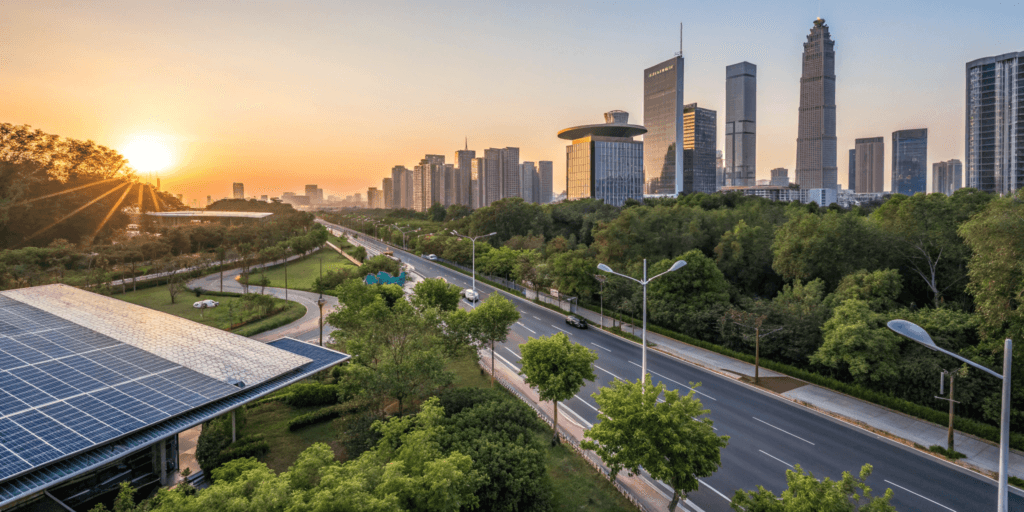
Smart Control & IoT Integration
- Automated Brightness Adjustment: Motion sensors optimize energy use.
- Remote Monitoring: Cloud-based platforms control street and stadium lights.
Sustainable & Solar-Powered LED Solutions
- Solar Flood Lights: Reduce dependency on the electrical grid.
- Battery Storage Innovations: Longer-lasting, more efficient energy storage solutions.
Conclusion
Outdoor LED flood lights are essential for security, sports, industrial applications, and architectural lighting. Selecting the right flood light requires considering lumens, power supply, installation quality, and application needs.
As technology advances, IoT integration and solar-powered LEDs will drive the future of outdoor lighting, offering smarter, more efficient solutions.

